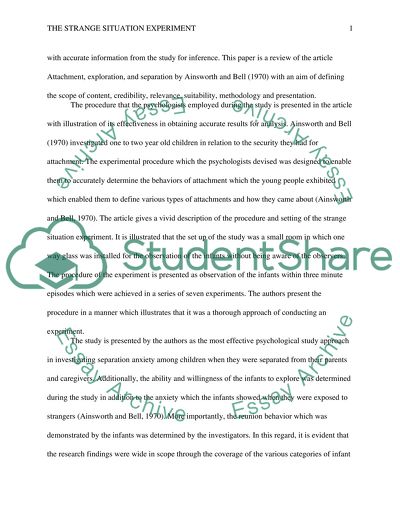Cite this document
(“Strange Situation Experiment Research Paper Example | Topics and Well Written Essays - 1000 words”, n.d.)
Retrieved from https://studentshare.org/psychology/1450339-strange-situation
Retrieved from https://studentshare.org/psychology/1450339-strange-situation
(Strange Situation Experiment Research Paper Example | Topics and Well Written Essays - 1000 Words)
https://studentshare.org/psychology/1450339-strange-situation.
https://studentshare.org/psychology/1450339-strange-situation.
“Strange Situation Experiment Research Paper Example | Topics and Well Written Essays - 1000 Words”, n.d. https://studentshare.org/psychology/1450339-strange-situation.


